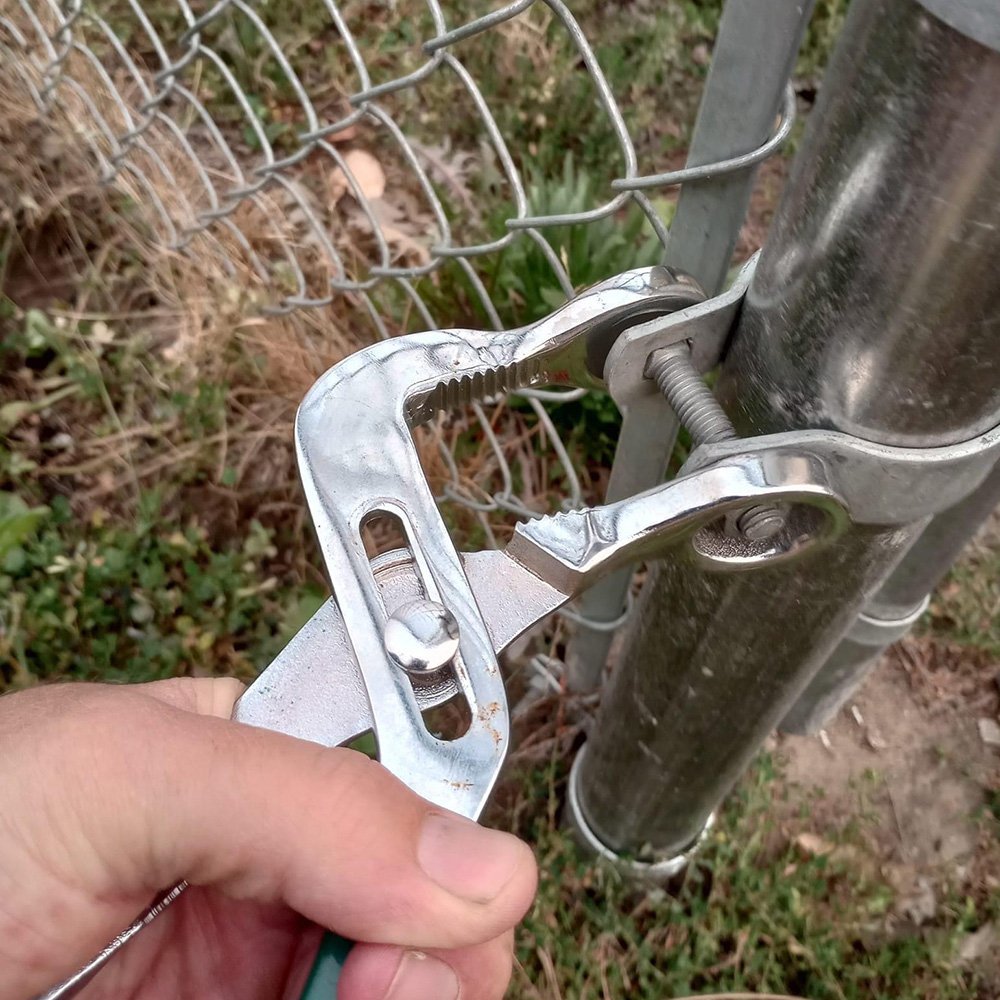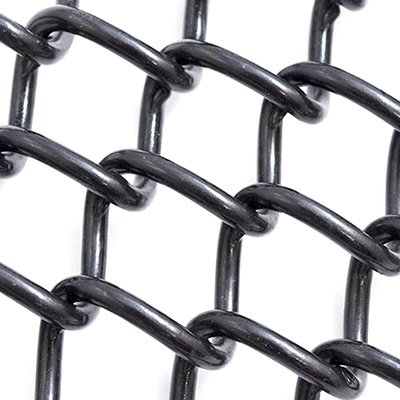A Simple Guide to Wood Screws

When using wood screws, any type of screws really, if you don't know what you are doing it can be difficult to know the kind of screw you need. Sometimes you are able to eyeball it, however this may end up being a costly mistake as you may be overpaying for screws you don't need instead of buying the correct ones. Luckily, we have just the right guide for you to ensure that you build with only the most quality materials to keep your projects looking professional and high-quality.
What is the Difference between a Wood Screw and a Regular Screw?
There are a few primary differences between Wood Screws and a normal screw. For one, most of the time wood screws are designed to go in to the material they are being screwed into and being flush, which is to say, be smooth along the wood. Generally, most screws that go into metal or other materials will have the head sticking out of the material. Another key difference is the way that they are threaded. Wood screws often are threaded (the winding bit around the base) to have wider spaces and generally do not go up the entire length of the screw. This is designed in such a way so that when two pieces of wood are joined together, the wood surface will not be damaged or roughed up. Most normal screws will have a tighter thread that runs along the entire screw.
Wood Screw Sizes
- #4: The smallest screw size, designed for small crafts, jewelry boxes, attaching hinges, etc.
- #6: A smaller screw size meant for light duty projects such as small crafts, hinges and drawer slides
- #8: A mostly all-purpose screw that is often used for furniture construction, cabinets, & light construction
- #10: An all-purpose screw best suited for general construction, heavy-duty furniture, outdoor projects, decks, lawn furniture, boat building, etc.
- #12 & #14: Meant for heavy-duty construction, hanging solid-core doors, etc. these are the longest and thickest wood screws available
When looking for ways to cut costs on fence installation in any state you will be guided towards DIY installation. At Chain Link Fittings, we agree. DIY fencing installation will save you money, but we also support your choice to hire professionals. Another way to save money is on materials, which you can find here at Chain Link Fittings. Find everything you need to assemble a strong and functional chain link fence, from fittings to tools to educational information.
If you have any further questions, please reach out to our sales representatives. They are happy to help in any way they can!
Contact Us



